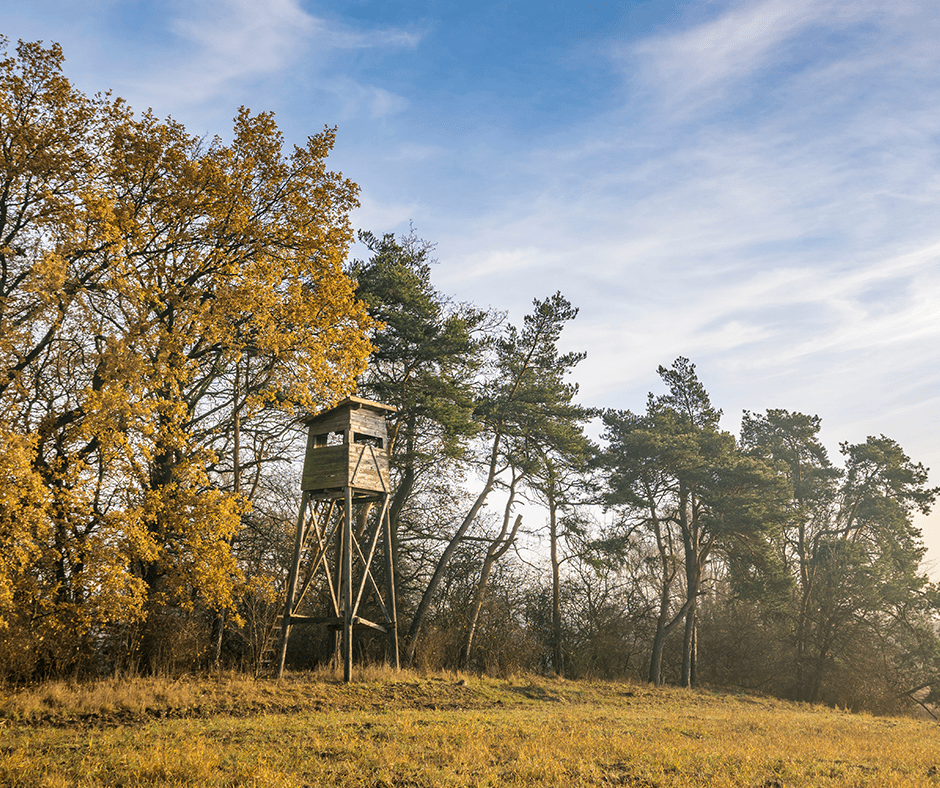When making the decision to lease your land for hunting there are many different questions that you may come across. The biggest hurdle you may find is probably going to be how much to charge for a hunting lease. While there are many factors at play when determining the amount you could make on leasing your hunting land, the main ones are:
– Location
– “Huntable” Acreage
– Access
Location
Geographical location is important when it comes to a hunting lease. The prices of hunting leases can differ from State to State and even between counties. When deciding what to charge to lease your property, find nearby landowners who are leasing their land and find out their average price per acre and adjust that by the other 3 factors below.
Huntable Acreage
While you still want to include the entire acreage when you advertise your property for leasing, when you are determining how much you can charge to lease your hunting land, “huntable” acreage is important. Huntable acreage is the amount of your property that is actually good for hunting. If you and your neighbor both have 100 acres of land, but your property has 75 acres of timber and 25 acres of tillable land versus your neighbor with 25 acres of timber and 75 of tillable land, your property will have a higher lease price due to more of it being better for hunting.
Access
A commonly overlooked aspect of hunting land is access. Even the most prime hunting spots are worthless to hunters if there is no way to get to them. Is your land directly off the side of a road, or do you have to use an easement from a neighboring property to get there. All of these question affect the price you can charge for a hunting lease.
Quality of Game
Lease Pricing Wrap Up
Do your research on the above topics and you will be set! In the end, it all comes down to what the market can withstand when it comes to hunting lease prices. You can only charge what hunters will be willing to pay for a hunting lease in your area. The good news is that there are plenty of hunters willing to pay top dollar for quality hunting land.
The American Hunting Lease Association is a great resource for landowners looking to lease their land themselves. They offer several insurance programs that benefit both landowners and hunters and make leasing easy and affordable. They also offer a Vacant Land Insurance Program for landowners to protect themselves against liabilities most insurance policies don’t cover including trespassers!



Leave A Comment